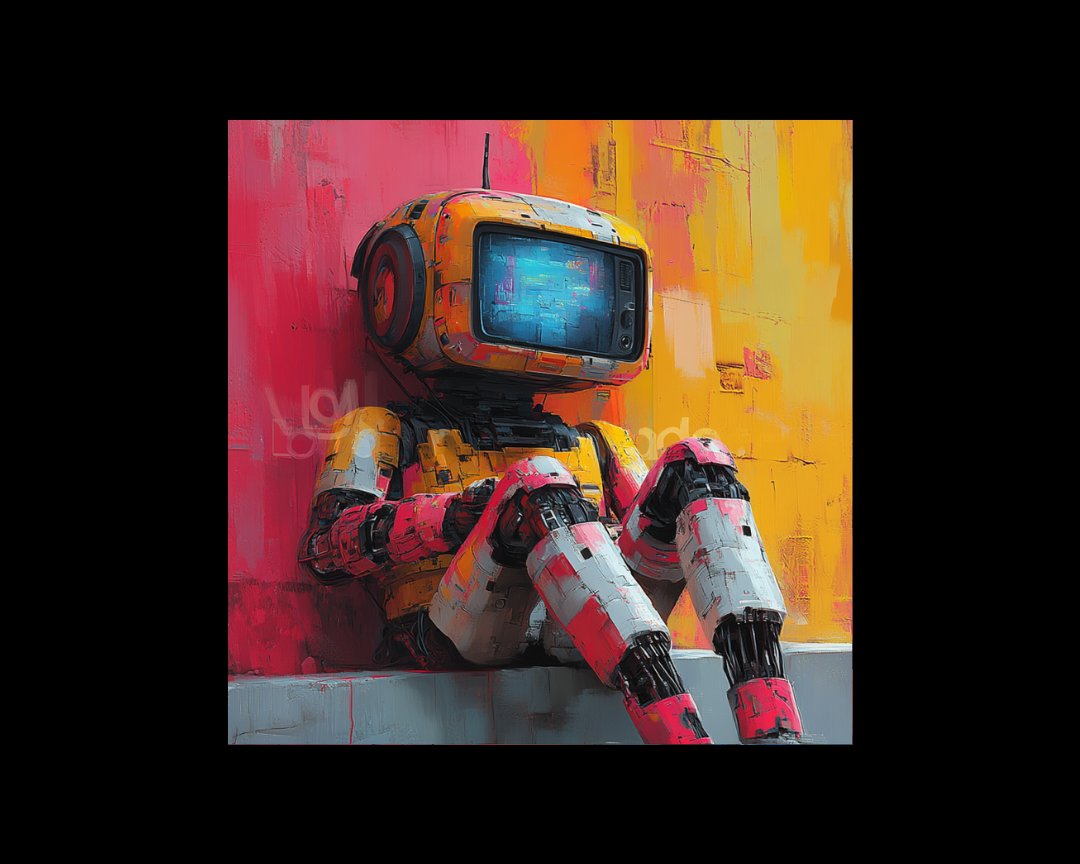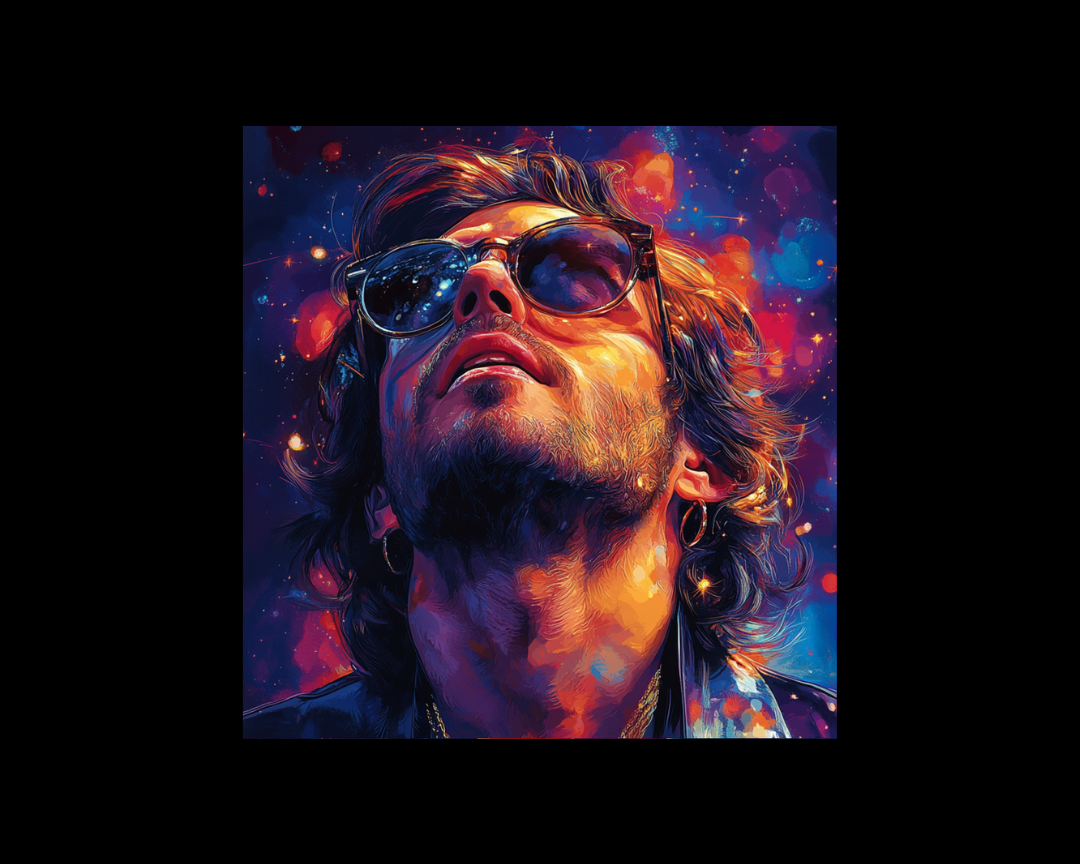Google Rolls Out Real-Time AI Video Features in Gemini Live
Google has begun the gradual rollout of real-time video understanding features in Gemini Live, expanding the assistant's capabilities beyond...
3 min read
 Writing Team
:
Jun 9, 2025 2:53:17 PM
Writing Team
:
Jun 9, 2025 2:53:17 PM
-Jun-09-2025-06-50-56-6332-PM.png)
Google's Veo 3 just crossed a line we weren't prepared for. The AI video model is generating content so realistic that viewers can't distinguish it from authentic footage – and social platforms have no reliable way to flag it.
We're not talking about obviously artificial content with telltale AI artifacts. These are videos that look completely real, flooding platforms like X, TikTok, and YouTube without any warning labels or disclosure requirements.
The result? We're entering an era where everything looks authentic and nothing can be trusted.
Google DeepMind's Veo 3 represents a quantum leap in AI video generation. Unlike previous models that produced obviously synthetic content, Veo 3 creates footage that passes the eye test for most viewers.
The model excels at physics simulation, lighting consistency, and human movement – the traditional weaknesses that made AI videos detectable. Early demonstrations show Veo 3 generating everything from realistic cityscapes to convincing human interactions with unprecedented fidelity.
But here's the problem: there's no built-in requirement for creators to disclose when content comes from Veo 3. Users can generate incredibly convincing videos and post them across social platforms without any indication they're synthetic.
The technology has outpaced the infrastructure designed to contain it, creating a transparency crisis that affects billions of social media users daily.
Each major platform handles AI disclosure differently, creating a patchwork system that fails to protect users:
TikTok attempts auto-labeling through Content Credentials from the Coalition for Content Provenance and Authenticity (C2PA). However, adoption remains limited and inconsistent. When TikTok does detect AI content, creators cannot dispute or remove the automated labels.
YouTube requires creators to self-disclose synthetically altered content that could mislead viewers. Despite Google owning both YouTube and DeepMind (Veo 3's creator), there's little evidence of direct integration between detection tools and the platform.
Meta provides guidance for labeling AI content but doesn't mandate or enforce auto-labeling in most cases. The system relies heavily on user compliance – essentially the honor system.
X maintains vague policies about inauthentic synthetic media but offers no reliable labeling system. The platform has become a particular concern, with highly convincing AI-generated content appearing regularly without any disclosure.
The inconsistency creates confusion for both creators and viewers, while the most sophisticated AI content often appears on platforms with the weakest detection systems.
Two primary initiatives aim to address synthetic content detection: C2PA watermarking and Google's SynthID system. Both sound promising in theory but face significant adoption challenges in practice.
C2PA (Coalition for Content Provenance and Authenticity) creates digital watermarks that travel with content, providing provenance information about how and where it was created. However, major AI labs haven't universally adopted the standard, limiting its effectiveness.
Google's SynthID can embed invisible watermarks in AI-generated content, making it detectable even after editing or compression. But unless platforms integrate these detection tools directly into their systems, they provide little value to everyday users trying to identify synthetic content.
The fundamental issue: the companies creating the most advanced AI video models aren't consistently building detection capabilities into their tools, leaving platforms to play catch-up with reactive solutions.
This transparency gap is creating a broader crisis of trust in digital content. Users are beginning to approach all online videos with suspicion, unsure whether what they're seeing is authentic footage or sophisticated AI generation.
The implications extend far beyond entertainment content. These platforms serve as primary news sources for billions of users. When people can't distinguish between real events and AI-generated scenarios, the foundation of shared reality becomes unstable.
Consider recent examples of AI-generated content masquerading as news footage. Without clear labeling systems, viewers have no reliable method to verify authenticity beyond seeking confirmation from trusted sources – a time-consuming process most users won't undertake.
The stakes increase dramatically when AI-generated videos involve news events, political figures, or emergency situations. Veo 3's capabilities make it possible to create convincing footage of events that never happened, people saying things they never said, or situations that could influence public opinion or decision-making.
Emergency response scenarios present particular concerns. If realistic AI-generated videos of disasters or conflicts circulate without clear labeling, they could trigger unnecessary panic or divert resources from actual emergencies.
Political implications are equally serious. As election cycles approach, the ability to generate convincing videos of candidates or officials could significantly impact voter perception and democratic processes.
Industry initiatives like C2PA and SynthID represent important steps toward synthetic content transparency, but their current implementation falls short of addressing the scale of the problem.
C2PA watermarks require participation from AI model creators, platform operators, and content distribution systems. Without universal adoption across the AI development ecosystem, the system creates gaps that sophisticated bad actors can exploit.
SynthID faces similar challenges. While Google has demonstrated the technology's effectiveness, widespread implementation depends on platform integration and creator compliance – both currently inconsistent across the social media landscape.
The solution requires coordination between AI developers, social platforms, and regulatory frameworks. AI labs need to build detection capabilities into their models from the beginning, not as afterthoughts.
Platforms need consistent, automated detection systems that don't rely on creator self-disclosure. The technology exists – it needs implementation at scale across all major social media networks.
Most importantly, users need education about synthetic content and tools to verify authenticity independently. Digital literacy becomes essential when the line between real and artificial content disappears.
The transparency crisis created by hyper-realistic AI video demands immediate attention from creators, platforms, and users alike. Ready to ensure your content strategy addresses these new realities responsibly? Our team at Hire a Writer helps brands maintain authenticity and trust in an AI-generated world. Let's build content that stands out for the right reasons.

Google has begun the gradual rollout of real-time video understanding features in Gemini Live, expanding the assistant's capabilities beyond...

Google's Project Astra represents a significant advancement in artificial intelligence (AI), aiming to create a universal AI assistant capable of...
-2.png)
In a surprising turn of events, Google has announced it will not phase out third-party cookies in Chrome as previously planned. Instead, the tech...